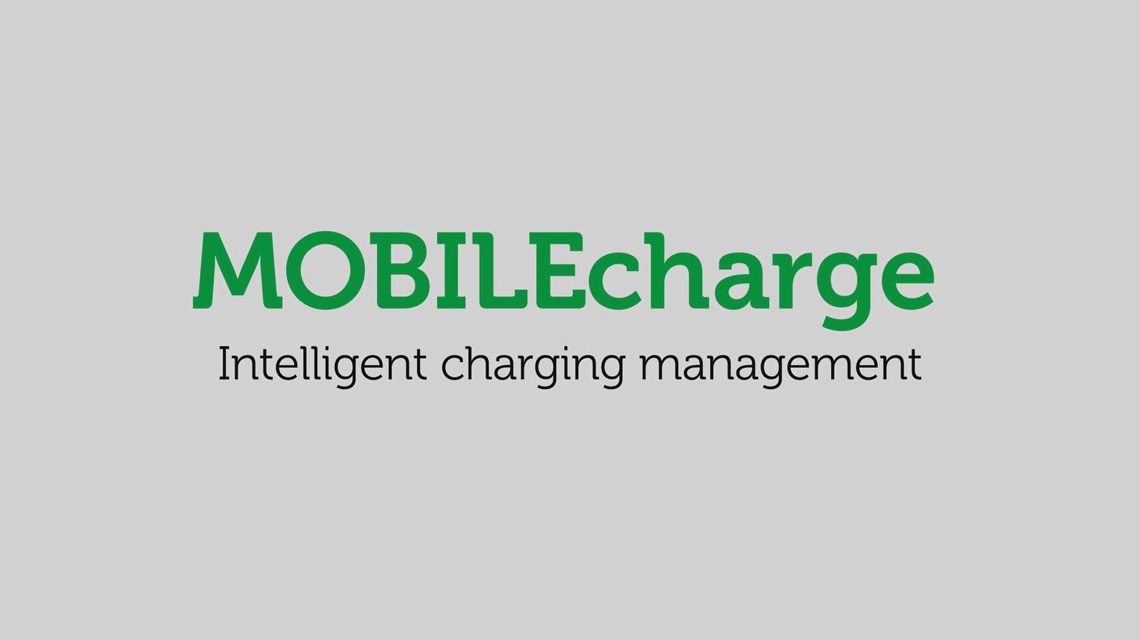Many operational processes must be redefined or adapted to deploy battery electric buses in daily service. However, charging vehicles is a completely new operational procedure. It presents public transport companies with new challenges, but also offers opportunities, which can be seized using the intelligent charge management system MOBILEcharge.





